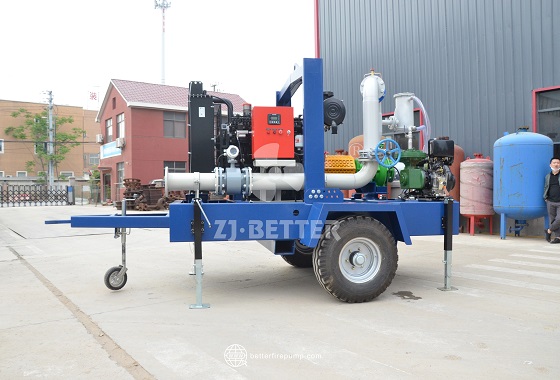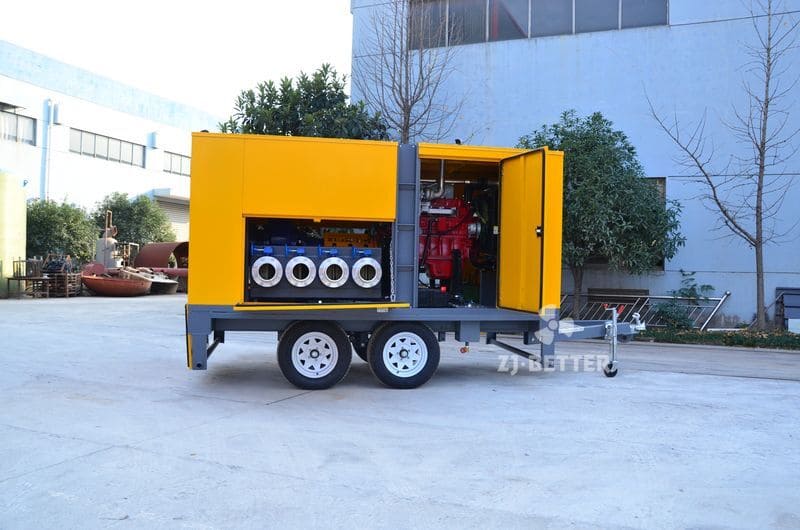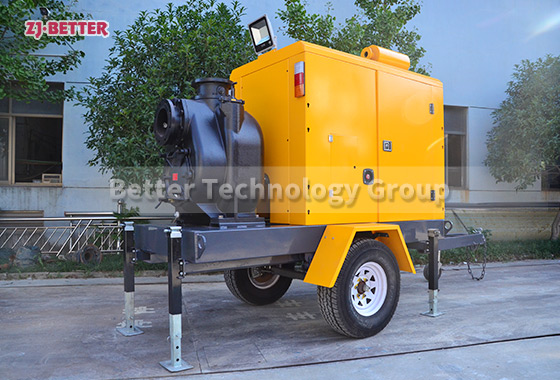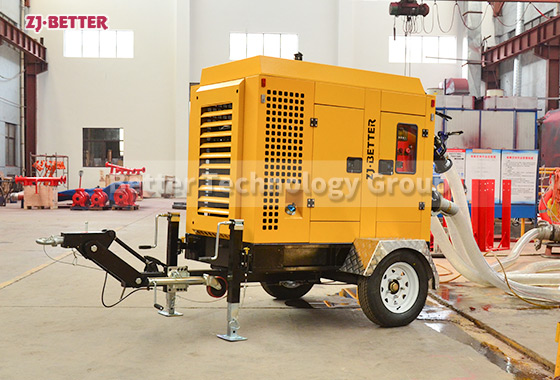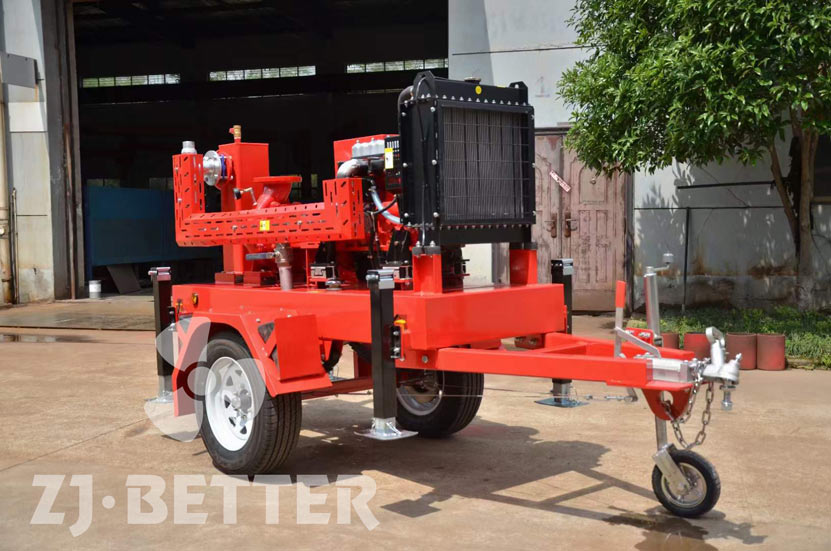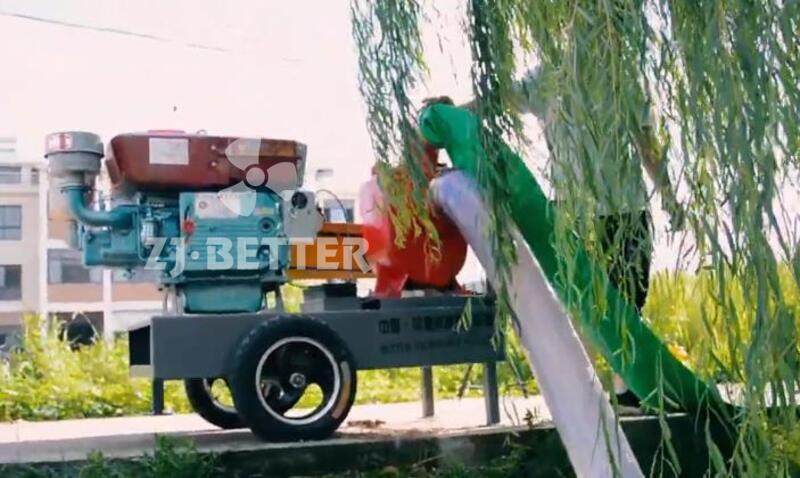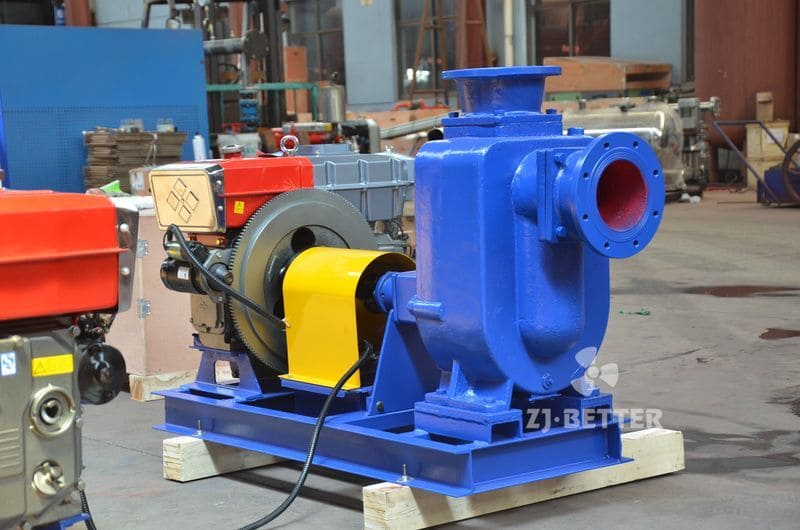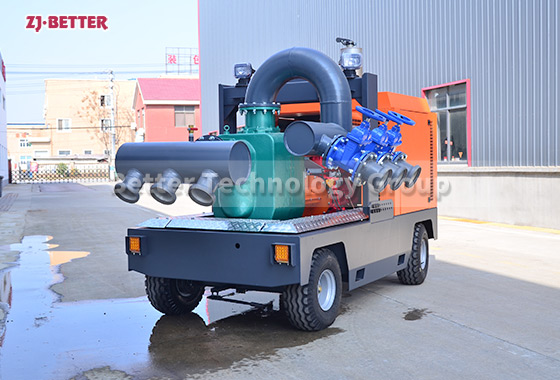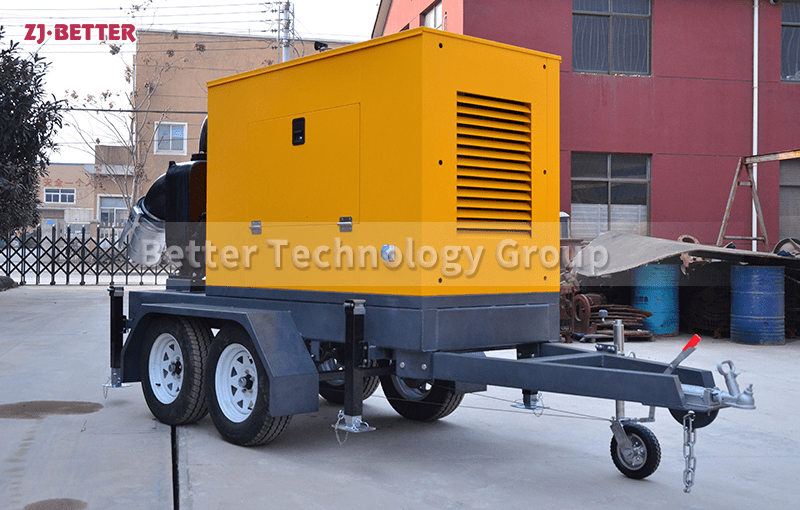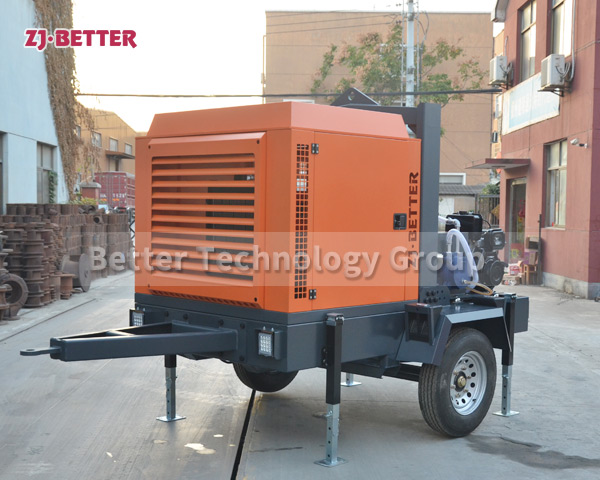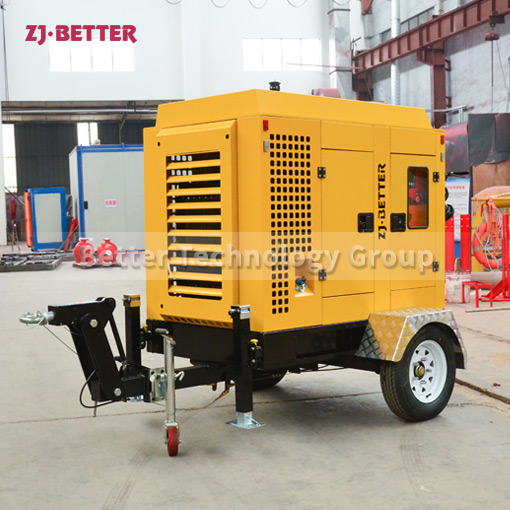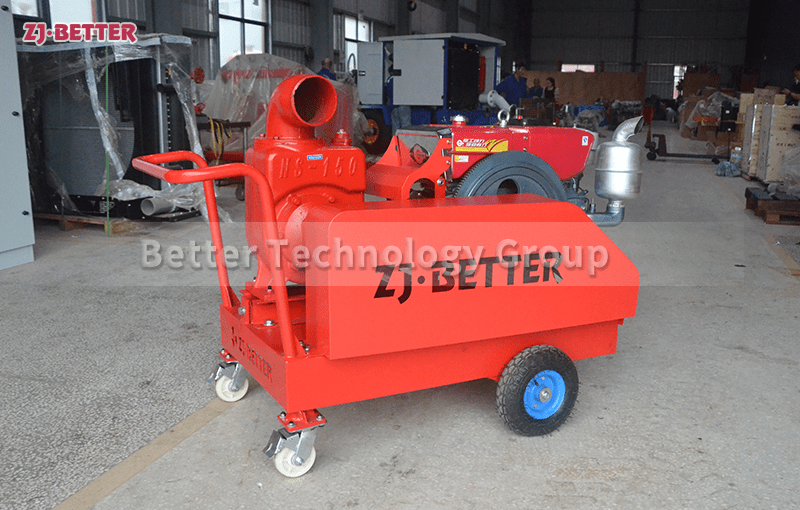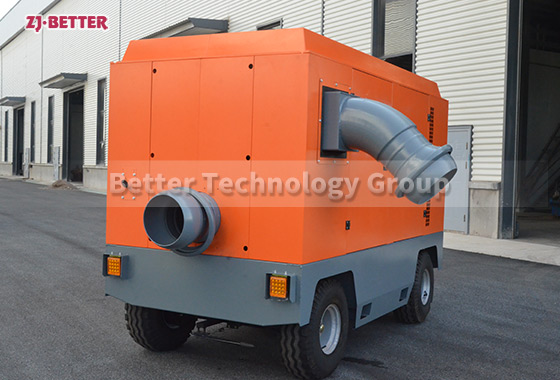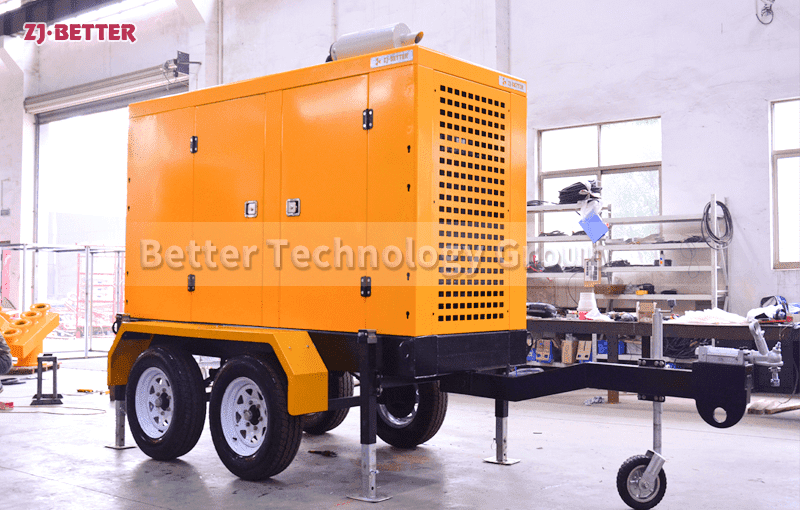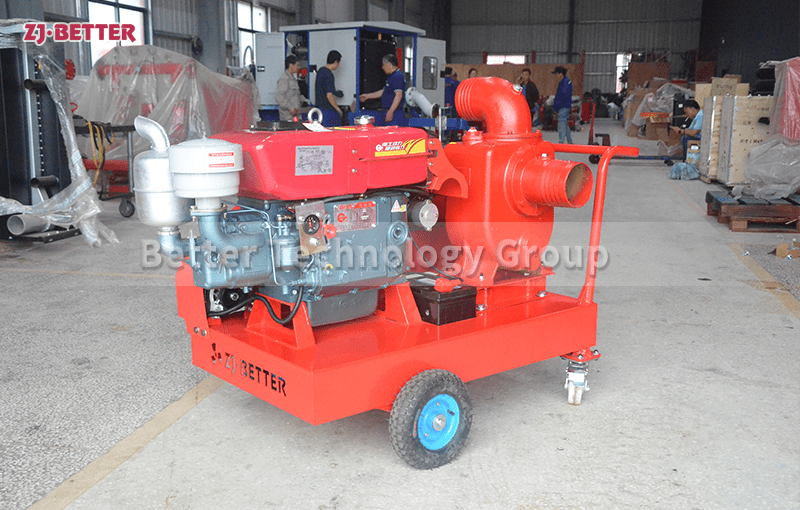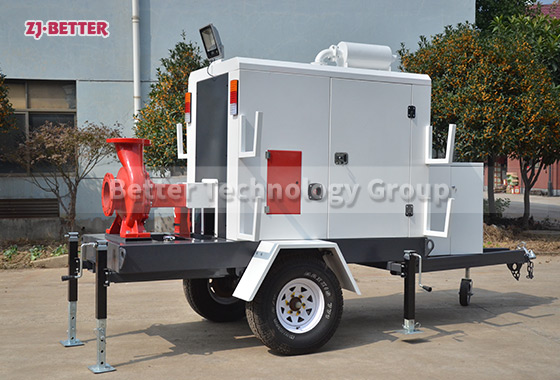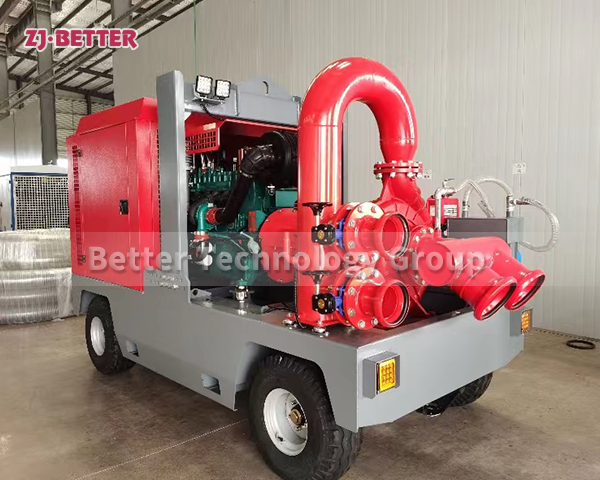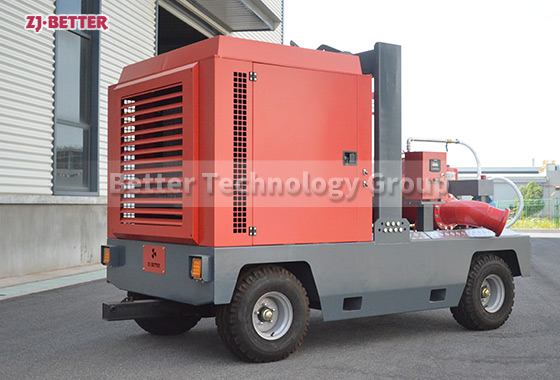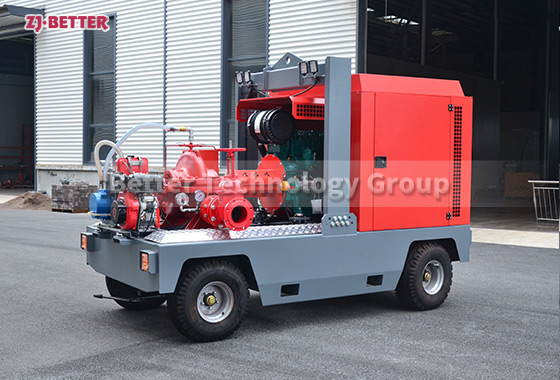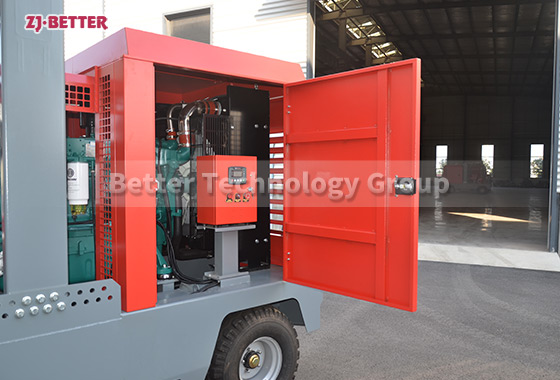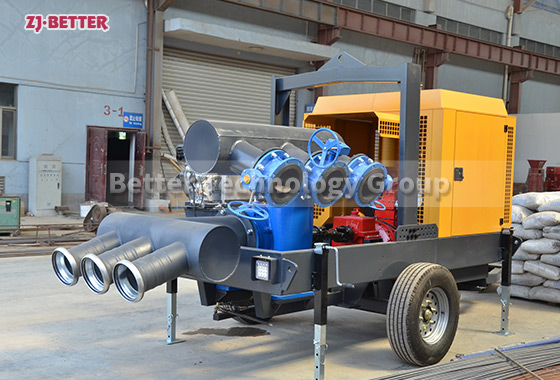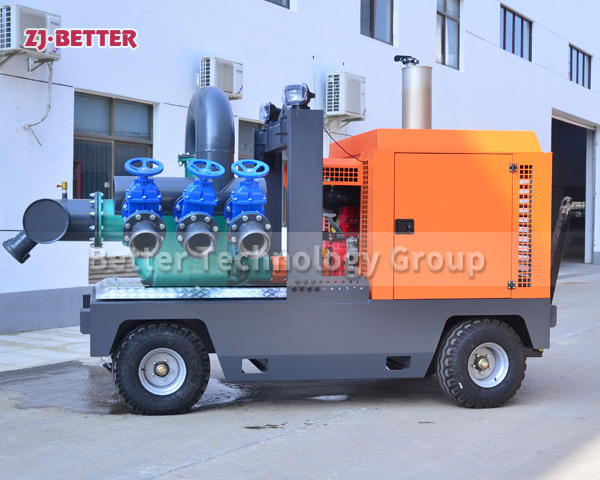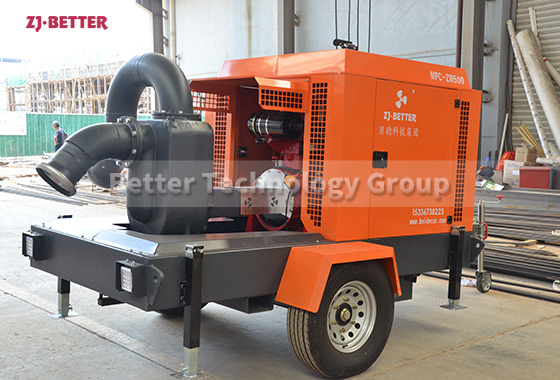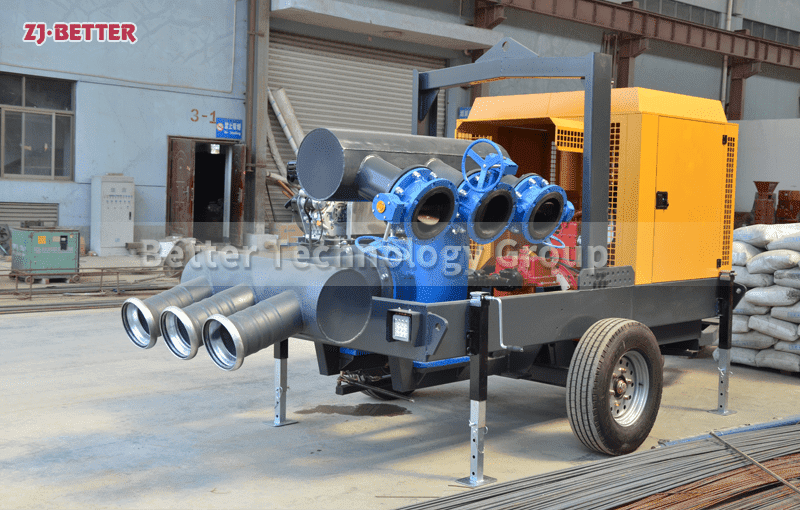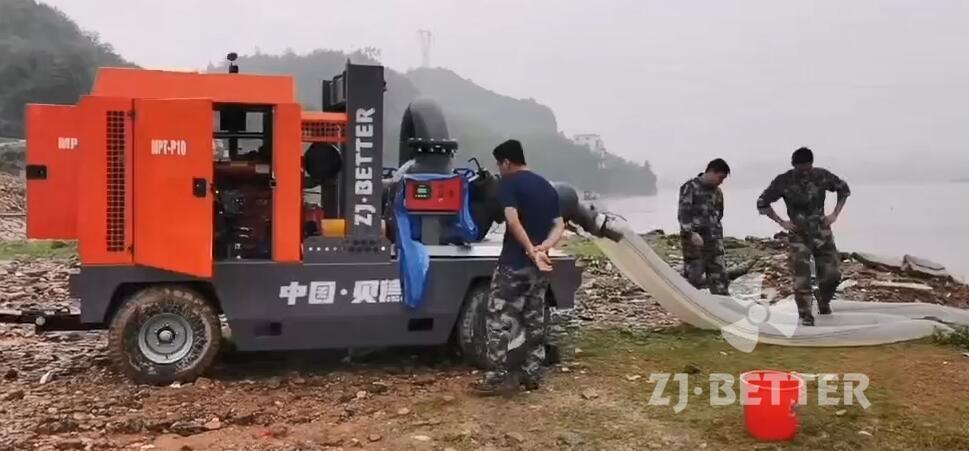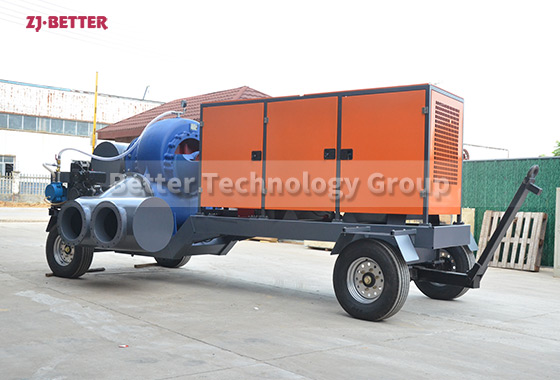Flexible Deployment and Strong Power: Advantages of Mobile Fire Pumps in Emergencies
Highly efficient mobile diesel fire pump trucks offer powerful power, rapid response, and flexible deployment. Suitable for factories, oil depots, docks, mining areas, and large outdoor locations, they provide stable support for emergency water supply and firefighting operations, with reliable performance and easy maintenance.
In modern firefighting and emergency rescue systems, equipment performance and deployment efficiency directly determine the effectiveness and speed of rescue operations. Mobile fire pumps, as a crucial piece of equipment, play an irreplaceable role in a variety of emergencies thanks to their dual advantages of flexible deployment and powerful power. These products, typically designed as trailer-mounted or vehicle-mounted, offer the flexibility to be moved and quickly deployed, significantly enhancing the mobility and adaptability of firefighting forces. One of the greatest advantages of mobile fire pumps is their exceptional flexibility. Compared to fixed pumping stations or traditionally installed fire pump units, mobile fire pumps can be rapidly deployed in diverse scenarios and complex environments. Whether it’s temporary water supply needs in urban high-rise buildings or emergency firefighting missions in remote areas, industrial parks, oil depots, ports, or field operations, mobile fire pumps can be deployed immediately through flexible transportation and quick installation. Their trailer design allows for easy attachment to vehicles for transport, enabling cross-regional deployment and significantly reducing equipment deployment time. In emergency rescue, every second counts, ensuring greater safety, and mobile fire pumps meet this critical requirement through their mobility. In addition to flexibility, powerful power is also a key characteristic of mobile fire pumps. Powered by a high-performance diesel engine, these devices can operate independently even in power outages or power outages, ensuring an uninterrupted water supply during critical moments. Their powerful power output drives a high-flow pump, delivering high flow and high-lift water supply, making them particularly effective in large-scale fires or high-rise building firefighting. Furthermore, their fuel-powered design enables them to operate continuously for extended periods of time, ensuring continuous operation even in remote locations away from power supplies through refueling, significantly enhancing emergency response reliability. Mobile fire pumps not only feature an efficient power system but also incorporate modern control technology. Select models are equipped with automatic control and remote monitoring systems, enabling operators to more intuitively monitor the device’s operating status, enabling fault warnings and real-time adjustment of operating parameters. These intelligent features make the equipment safer and more controllable during emergencies, reducing the risk of human error. Furthermore, their modular and integrated design simplifies operation, enabling rapid startup, shutdown, and adjustment even with limited or inexperienced personnel, significantly improving operational efficiency. Mobile fire pumps also demonstrate strong adaptability to complex operating environments. The equipment is typically shockproof, dustproof, waterproof, and high-temperature resistant, enabling stable operation in a variety of extreme environments. For example, it can provide sustained, robust water supply during hot, dry wildfires. Its anti-corrosion treatment ensures long-term reliability in humid, salt-fog environments like coastal ports. And in cold, freezing regions, its preheating and insulation systems ensure smooth engine startup. This environmental adaptability makes mobile fire pumps highly trusted by firefighters and industrial safety systems. The role of mobile fire pumps in saving manpower and time is also significant. Traditional fixed pump stations or installed fire pump units often require lengthy installation and commissioning cycles before use. Mobile fire pumps, however, are trailer- or vehicle-mounted, enabling rapid deployment. Pipeline connections and startup can be completed in a fraction of the time, significantly shortening the time between arrival and actual water supply. This rapid response capability is particularly crucial in scenarios such as fire rescue, sudden leaks, and flood drainage. As society’s demand for emergency rescue equipment continues to rise, mobile fire pump designs are increasingly becoming more efficient and environmentally friendly. While maintaining strong power, many models optimize combustion efficiency, reducing fuel consumption and exhaust emissions, meeting modern environmental standards. This ensures continuous energy supply while minimizing environmental impact. Furthermore, the equipment’s noise control capabilities are continuously improving, minimizing noise disturbance during urban firefighting or rescue operations in residential areas, embodying a humane and sustainable approach. From a maintenance perspective, mobile fire pumps are designed for low maintenance and high reliability. Their modular construction facilitates routine inspections and component replacement, and the high-standard manufacturing of key components ensures long-term, stable operation. For users, this not only reduces maintenance costs but also increases equipment availability during critical moments. Many models also support quick replacement of the pump body or adjustment of water supply parameters to meet diverse mission requirements, broadening the equipment’s applicability. Mobile fire pumps not only play a key role in firefighting and rescue operations, but are also widely used in flood control, industrial emergency water supply, and temporary water supply projects. When floods cripple urban drainage systems, mobile fire pumps can act as powerful pumping equipment, quickly reducing accumulated water. They can also provide a stable water supply in the event of a fire or hazardous materials leak in a chemical plant. They can also serve as an efficient water supply during infrastructure construction or temporary water supply projects. This multifunctional application further highlights the comprehensive value of mobile fire pumps in emergency response equipment. In summary, mobile fire pumps, with their two core advantages of flexible dispatch and powerful power, combined with efficient performance, excellent environmental adaptability, rapid response, low-maintenance design, and versatile application, have become an indispensable component of modern emergency rescue systems. They not only significantly enhance the mobility and reliability of firefighting forces, but also provide stable and effective water supply support for a variety of sudden disasters. In the future, with further technological advancements, mobile fire pumps will continue to improve in power optimization, intelligent control, environmental protection, and energy conservation, becoming a solid support for public safety and emergency response.

